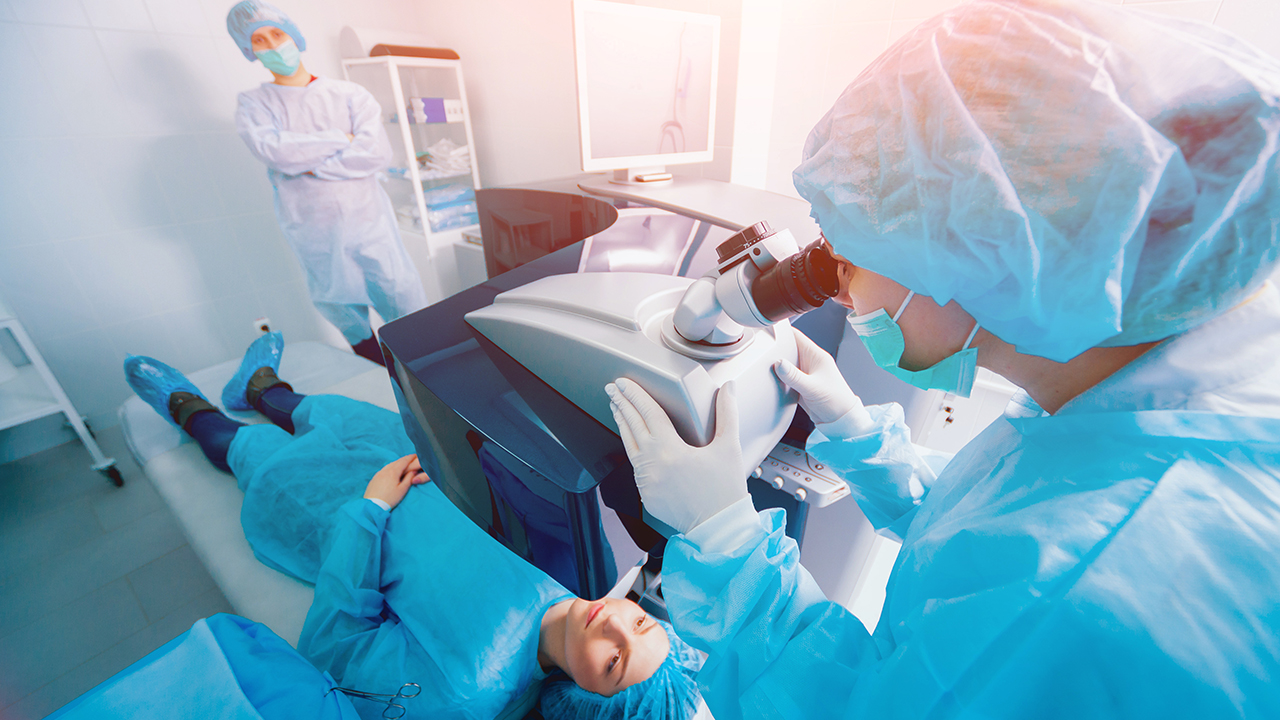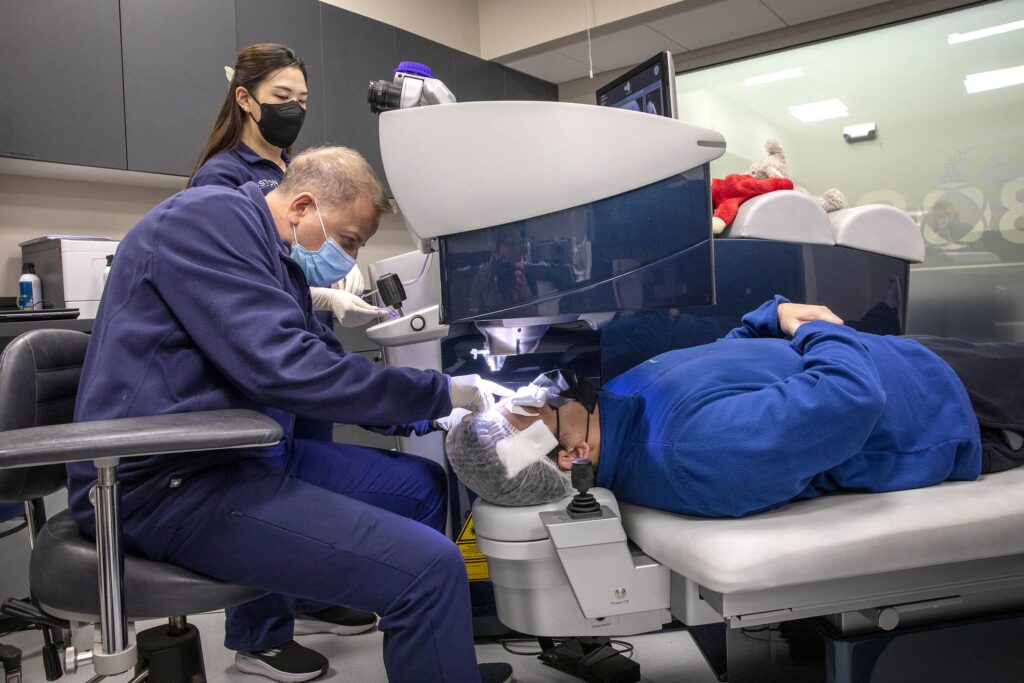
Your Complete Guide to Cataract Surgery
Cataract surgery is the most effective treatment option for those that have cataracts. If you have blurred vision because of a cloudy lens, you may want to consider going to a professional for cataract surgery.
That said, it’s important to learn as much as possible about a procedure before going in for one yourself.
So, let’s take a look at what happens during cataract surgery Sydney. Below, we’ll talk about how to prepare for the procedure, what happens during the procedure, and even the best post-operation practices to ensure a smooth healing process.
Read on to learn more.
What Is Cataract Surgery?
Cataract surgery is one of the most frequently performed surgical procedures on the eye. This is a procedure designed to correct the blurry vision that comes from cataracts. This is done by breaking apart the natural lens of the eye and placing an artificial intraocular lens in the empty lens capsule.
Cataracts are very common in Australia. These occur when the natural lens of your eye gets cloudy, which happens naturally for some people. Not only does this blur your vision, but it can also cause glare problems. When the condition worsens, it gets in the way of a person’s ability to perform daily tasks. Since you can’t wear any corrective glasses or contacts for the condition, the only option for patients with cataracts is to go in for cataract surgery.
That said, there’s nothing to worry about when going in for cataract surgery. This is a very common and simple procedure that doesn’t come with a high risk of serious complications. When you go in for cataract surgery, you can rest assured that it will clear your cloudy vision, and you’ll have normal vision in no time at all!
There are different types of cataract surgery, like phacoemulsification cataract surgery, femtosecond cataract surgery, and more. To determine the best treatment options for your condition, it’s best to speak to a specialist who understands your needs.
Preparing for Cataract Surgery
The first step in prepping for cataract surgery is visiting your doctor. It’s important to talk to a doctor so that they can explain what happens during the surgery and the visual outcomes of the procedure and so they can gauge whether or not cataract surgery is the right option for you. The consultation phase is very important for getting a rough grasp of your condition and figuring out the best way to approach the surgery.
Typically, your cataract surgeon will measure the size of your eye with a painless ultrasound. After that, they will schedule a time and place for the procedure.
Additionally, you will likely be advised to avoid food and drink for at least 12 hours before the procedure. Doctors also tell their patients to stop taking certain medications before going in for the surgery, as certain medications can cause bleeding problems after the doctor makes the incision.
Your doctor also prescribes medicated eye drops that you should use regularly one to two days before the surgery. Lastly, it would be best to arrange for someone to help you around the house and drive you home, as your activities will be limited for at least a week after the procedure.
What Happens During Cataract Surgery
There’s nothing to worry about on the day of the surgery. Remember, this is one of the most common surgical procedures performed nowadays. So, most patients don’t experience any pain or complications during the procedure.
However, knowing exactly what happens during cataract surgery is still good. That way, you can prepare yourself for everything that will happen when you go into the operating room.
Anaesthetic Options
Your doctor will always apply anaesthesia before making the incision on your eye. This makes the procedure completely painless and takes away any of the pain you may feel during the surgery. Most of the time, surgeons apply anaesthesia to the eye while also giving sedation via an IV. That way, you are completely at ease during the procedure and don’t feel any pain.
Making the Incision
Once the anaesthesia has been applied, your doctor will apply eye drops to dilate your pupils. From there, they will either make a tiny incision to give them access to the cataract or use a laser to break down the cloudy proteins without making an incision.

Breaking the Cataract
Once there’s a small incision in your eye, the doctor can remove your clouded lens carefully, removing the cataract. In less-severe cataracts, the doctors won’t have to make an incision. Instead, they use a laser or ultrasound probe to break up the cloudy lens.
Placing the Lens Implant
After breaking the cataract, your doctor will then install the intraocular lens. This artificial lens implant is what corrects your vision problems from cataracts. During the consultation and ultrasound measurements, your doctor will explain the different artificial lens options and will recommend the best option for your needs.
Possible Risks & Complications with Cataract Surgery
Cataract surgery is a generally safe and simple outpatient procedure to correct vision issues. Since it’s such a common procedure, you don’t have to worry about any pain, discomfort, or complications. However, all surgical procedures come with some risks.
So, here are some of the risks that you need to be wary of during cataract surgery:
- Infection
- Bleeding swelling
- Retinal detachment
- Swelling
What Happens After Cataract Surgery?
Right after cataract surgery, you will have impaired vision. It will take some time for your body to adjust to the clear lens implant that the doctor placed. This replacement lens will surely help you see clearly. But while recovering from the surgery, you can expect sensitivity to bright lights and some vision impairment.
This is why it’s best to have someone help you out around the house after the procedure. That way, you won’t have a hard time performing daily tasks while your distance vision is healing and your body adjusts to the intraocular lenses.
Conclusion
If you’re looking for a way to remove cataracts from an affected eye, cataract surgery is a great option. Now that you understand the basics of the procedure, it might be time for you to head to the doctor’s office and start exploring your options.
More to read: Various roles played by medical experts at a Sydney eye clinic

Leave a Reply